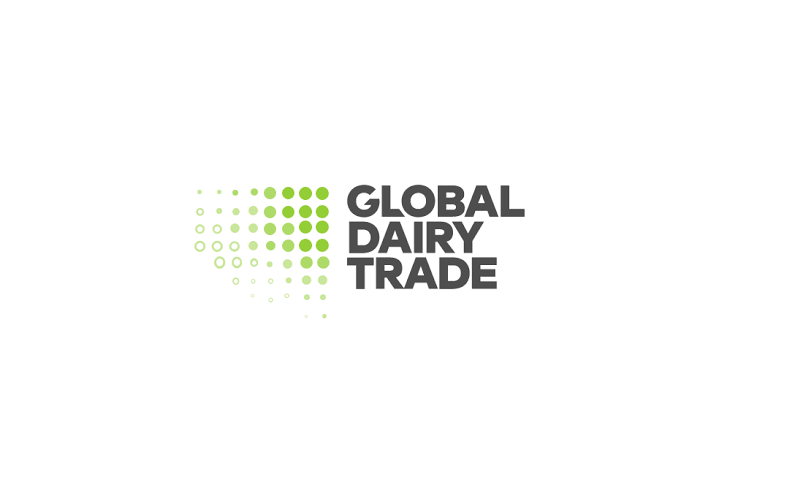Farmer-led future is a must for DA
Sourse: DairyNews.today
For too long, the farmers who keep the lights on at Dairy Australia (DA) have watched on as their voices are diluted by powerful corporate interests. Dairy farmers, through statutory levies, contribute over $30 million annually to fund DA's operations.

These levies support vital research, extension, and marketing efforts designed to improve farm profitability and resilience. Australian Dairy Farmers (ADF) has put a resolution to the DA annual general meeting to remove the Australian Dairy Products Federation (ADPF) and its multinational processor members as Group B members of DA.
This is not a symbolic issue; it is a move to correct a structural failure. ADPF - and the processors it represents - contribute nothing to DA's core operational funding. Yet, ADPF retains equal rights to influence DA's strategic direction, investment decisions, research agenda, and board appointments.
This plays out on a day-to-day basis, where in most DA working groups, technical panels and consultations, ADPF member representatives regularly outnumber dairy farmers - a fact that skews direction and expenditure towards processor interests. The voices of dairy farmers are diluted by these corporations, who have now spent 12 months pushing back on efforts to reach a fair and just funding agreement.
When ADPF's Group B rights were created two decades ago, the industry was still dominated by farmer-owned cooperatives. That world no longer exists. The processing sector is now led by multinationals with legal obligations to maximise shareholder returns in their home countries. These processing giants are reporting record profits, even as hundreds of farmers exit the industry each year and milk production hits historic lows.
In 2023-24 alone, three of Australia's top processors - Lactalis, Saputo and Fonterra - collectively generated operating revenue running into the billions in Australia. This is staggering given the financial pain felt across many dairy regions. In that same period, according to ABARES, over $750 million was wiped fr om the value of the Australian dairy sector, largely at the farmer level by low farmgate prices, driven by these ADPF members.
It is astonishing to see that despite ADF raising this issue six years ago, and with a full year of negotiations, not a single dollar of meaningful co-investment has been secured fr om ADPF or its members for DA. DA chair Paul Roderick confirmed, "We haven't received a funding commitment we could call co-investment".
While levy-paying farmers struggle to cut herds and keep their businesses afloat, we see the DA's work increasingly being resourced towards programs that align with processor-driven priorities, such as supply chain efficiency and meeting regulatory compliance. The conflict of interest between ADPF members and DAs' goals has never been so obvious; for example:
imbalance. Every farmer's vote is necessary.
At the 2025 Dairy Australia AGM, dairy farmers have a clear choice: maintain a broken model wh ere processors influence DA without contributing to it, or they can restore fairness by removing the ADPF's Group B membership. Dairy Australia was built to serve farmers. Its governance must reflect that reality.
It's easy to vote, either in person, online, or by proxy. The most important thing is that you do vote because we need the voice of 75 percent of voting dairy farmers to get this across the line. If you believe in a stronger, more accountable, and truly farmer-led Dairy Australia, vote yes to removing ADPF's Group B membership.
This is not a symbolic issue; it is a move to correct a structural failure. ADPF - and the processors it represents - contribute nothing to DA's core operational funding. Yet, ADPF retains equal rights to influence DA's strategic direction, investment decisions, research agenda, and board appointments.
This plays out on a day-to-day basis, where in most DA working groups, technical panels and consultations, ADPF member representatives regularly outnumber dairy farmers - a fact that skews direction and expenditure towards processor interests. The voices of dairy farmers are diluted by these corporations, who have now spent 12 months pushing back on efforts to reach a fair and just funding agreement.
When ADPF's Group B rights were created two decades ago, the industry was still dominated by farmer-owned cooperatives. That world no longer exists. The processing sector is now led by multinationals with legal obligations to maximise shareholder returns in their home countries. These processing giants are reporting record profits, even as hundreds of farmers exit the industry each year and milk production hits historic lows.
In 2023-24 alone, three of Australia's top processors - Lactalis, Saputo and Fonterra - collectively generated operating revenue running into the billions in Australia. This is staggering given the financial pain felt across many dairy regions. In that same period, according to ABARES, over $750 million was wiped fr om the value of the Australian dairy sector, largely at the farmer level by low farmgate prices, driven by these ADPF members.
It is astonishing to see that despite ADF raising this issue six years ago, and with a full year of negotiations, not a single dollar of meaningful co-investment has been secured fr om ADPF or its members for DA. DA chair Paul Roderick confirmed, "We haven't received a funding commitment we could call co-investment".
While levy-paying farmers struggle to cut herds and keep their businesses afloat, we see the DA's work increasingly being resourced towards programs that align with processor-driven priorities, such as supply chain efficiency and meeting regulatory compliance. The conflict of interest between ADPF members and DAs' goals has never been so obvious; for example:
- Setting farmgate prices below sustainable production costs, while simultaneously reporting strong processor margins, eroding DA's key goal of on-farm profitability;
- Processors reaping the rewards of levy-funded marketing campaigns without contributing a cent - profiting off the brand strength built and paid for by farmers;
- Producing plant-based alternatives and labelling them in direct competition to dairy products - despite DA's significant nutrition and labelling program to protect dairy's image, nutritional value and consumer trust;
- Closing regional facilities, reducing market access and options for dairy farmers - undermining the importance of regional development;
- Advocating for favourable trade deals and missions that benefit their own corporations' import and export margins; and
- Lobbying to weaken the protections offered by the Dairy Code of Conduct (which was introduced to increase transparency between processors and farmers).
imbalance. Every farmer's vote is necessary.
At the 2025 Dairy Australia AGM, dairy farmers have a clear choice: maintain a broken model wh ere processors influence DA without contributing to it, or they can restore fairness by removing the ADPF's Group B membership. Dairy Australia was built to serve farmers. Its governance must reflect that reality.
It's easy to vote, either in person, online, or by proxy. The most important thing is that you do vote because we need the voice of 75 percent of voting dairy farmers to get this across the line. If you believe in a stronger, more accountable, and truly farmer-led Dairy Australia, vote yes to removing ADPF's Group B membership.











